|
~ Acidity in wine and coffee - is it a good thing or negative? ~ What is it? A·cid·i·ty / əˈsidədē / noun: the level of acid in substances such as water, soil, or wine! The word itself connotes a sense of something bad, metallic or off-putting ... but should it do that for all beverages too? Let’s start with wine: The two main acids of wine are tartaric and malic. Typically cool climate grapes have higher acids and lower sugar. Warmer climate grapes have lower acids and higher sugar. But enough about the chemistry and growing regions. Let’s talk taste buds! The acidity of a wine can be one of its most appealing characteristics, helping to enhance the refreshing, crisp qualities as well as helping wines to be successfully paired with food (which makes both items better). Acidity should complement food in a clean and refreshing manner when done right. Acidity is usually tasted when it contacts your tongue, just like when you bite in to a juicy, tart apple. For example: Chardonnay from Burgundy (one of our favorites) has higher acidity levels than a California Chardonnay. In general, white wines will showcase more acidity than reds. Both images are from Wine Folly. They have a well-designed collection of wine posters. Acidity gives wine its crispness on your palate. A dry wine needs decent levels of acid to provide freshness and balance; sweeter wines need acidity so it does not seem overpowering. Too much acidity will make the wine seem rough or bitter; too little and the wine will seem too soft and boring. Very quickly after a wine is swallowed, the acidity should begin to fade. Lighter-style reds may have high acidity, while heavier-bodied red wines tend to have low acidity (on average). Bottom line: Acidity in wine can make it better if done right! The best part is the sampling! Do some taste-testing – Let us know what you think! - Michael In coffee, acidity is typically a positive, but can also create a less than desired taste in your cup. I lean towards coffee with strong fruit notes and acidity has a lot to do with that. Just like with wine, there are multiple types of acid. Sadie even mentions low-acidity in our last Word Wednesday blog when referencing cold brews. Images from our Instagram account. According to Sweet Maria's, here's how it breaks down: - Citric Acid: Found in high grown arabica coffees, these acids lead to citrus flavors like orange and lemon or sometimes grapefruit in a coffee. Some research shows that citric acid is responsible for most of the acid flavors in coffee. - Malic Acid: This can provide more of an apple or pear-like flavor to a coffee, sweet and crisp, but can also have stone fruit properties. - Phosporic Acid: Not an organic acid, and can really push sweetness in a coffee. Tropical fruit flavors like grapefruit or mango are generally attributed to phosporic acid - Acetic Acid: This is the main component of vinegar, so this can be an off flavor at higher levels. At lower levels in can have a pleasant sharpness or lime-like flavors. - Tartaric: Tartaric acids are common in grapes and can lead to some winey or grape-like notes in a coffee, but can also be sour in higher levels. - Quinic Acid: These are the bad guys, and these are indeed responsible for the sour stomach. Quinic acids increase in production the more and more the coffee degrades. Dark roasted coffees are high in this while low in other flavor contributing acids, and also stale coffees, either coffees that were roasted a good while ago or that were brewed a long time ago (especially if left on a hot plate). - Chlorogenic Acid: Responsible for a good deal of percieved acidity in the cup. For a long time it was simply said that roast level was responsible for the breaking down of some of these acids, but more accurately it is exposure time to the heat during the roasting. Prolonged exposure time can result in a reduced perception of acidity even if the final roast level is fairly light. For more on chlorogenic acid, visit this SCAA article. Whether you like that crisp, fruity taste or not, it's always fun exploring what appeals to you in your cup. - Jason ~ Join the Conversation ~
0 Comments
Leave a Reply. |
Archives
May 2017
Categories
All
|
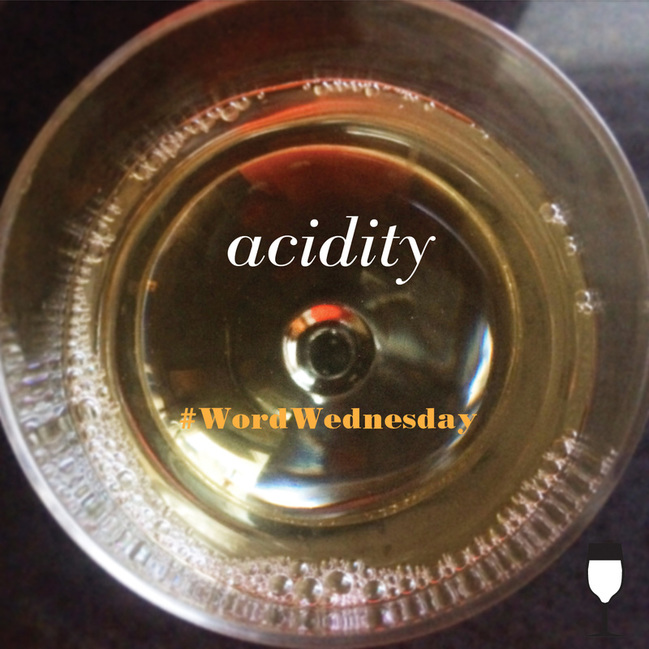

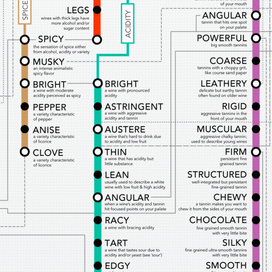
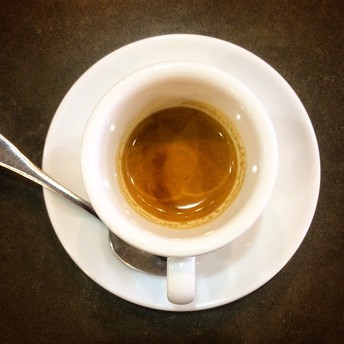

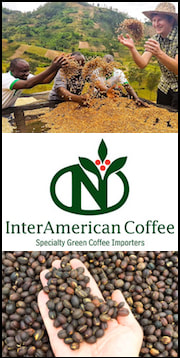

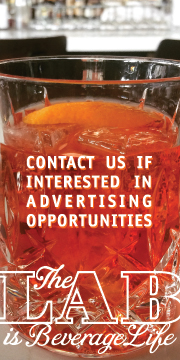
 RSS Feed
RSS Feed